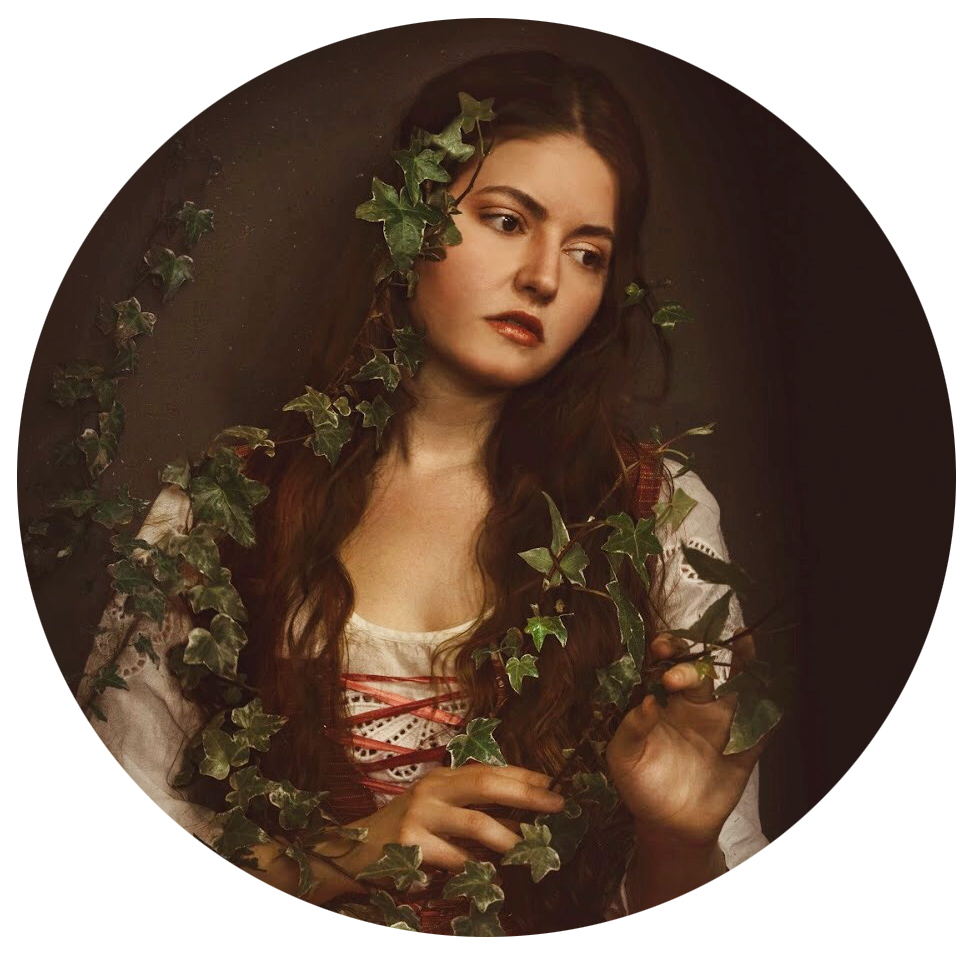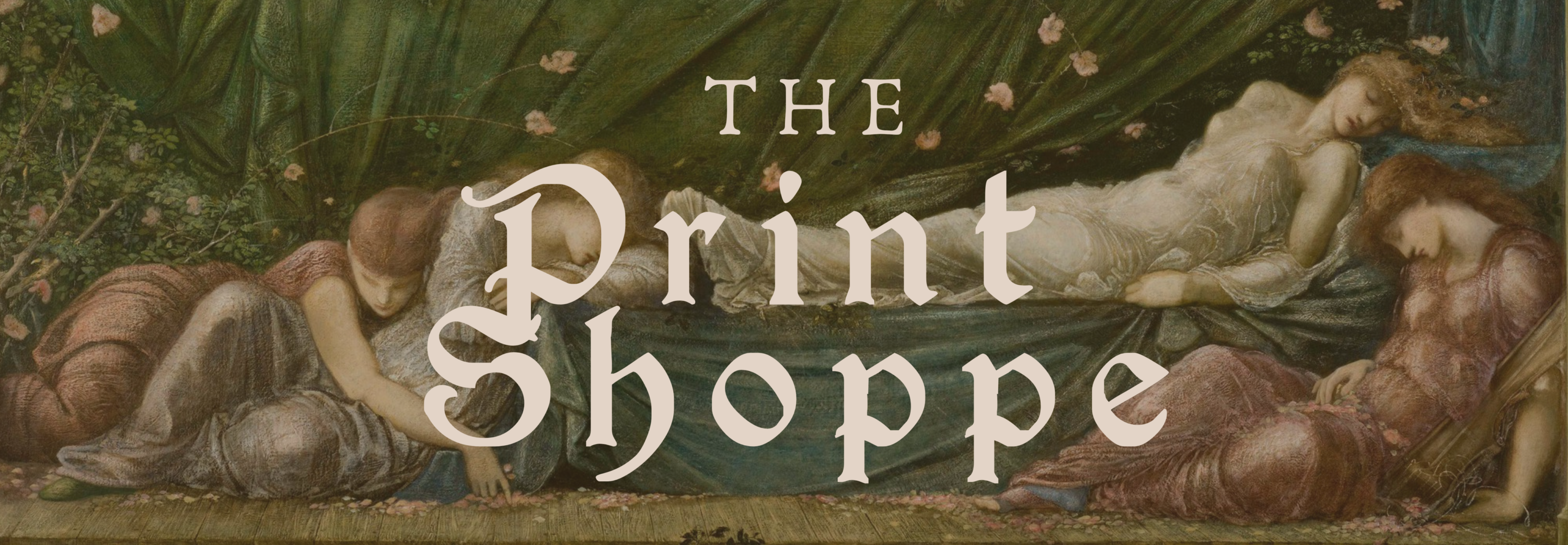
Know’st thou not at the fall of the leaf
How the heart feels a languid grief
Laid on it for a covering,
And how sleep seems a goodly thing
In Autumn at the fall of the leaf?
And how the swift beat of the brain
Falters because it is in vain,
In Autumn at the fall of the leaf
Knowest thou not? and how the chief
Of joys seems—not to suffer pain?
Know’st thou not at the fall of the leaf
How the soul feels like a dried sheaf
Bound up at length for harvesting,
And how death seems a comely thing
In Autumn at the fall of the leaf?
Dante Gabriel Rossetti, Autumn Song
The successional movement of women gracefully seem to go about their seasonal work even as the notes of from their song of life approach the end. This is the final cadence where youthful spring humbly carries a light load of experiences gathered during the age of innocence. The following interlude on this emotive musical scale represents the figures of “Summer” gathering their bountiful harvest from rich memories and growth in knowledge. As we reach “Fall,” we see her slumped over as she succumbs to realities of tradegies, grief and loss: “How the heart feels a languid grief.” The finale is played by “Winter,” who accepts her fate as the swirl of fallen leaves leads her to the final note of this musical phrase. Her body seems to surrender to the course of nature: “How the soul feels like a dried sheaf.” A contrast of light and dark is most likely created from De Morgan’s reflections on her own life as well as her experiences as a pacifist in England during the Boer War and the First World War (The De Morgan Foundation). I believe that she chose the title to focus on Autumn as she reflects on her current life’s stage and possibly the state of the war-torn world. However, the vibrancy and lack of shadow depth present a sense of hope to me that is evident through much of De Morgan’s work. Or maybe it is just my way of finding beauty in darkness: “And how death seems a comely thing.”

Below you will find my favorite art studies De Morgan produced in preparation for the masterpiece The Cadence of Autumn (1905).

by Evelyn De Morgan, 1905. Pastel on brown paper. The De Morgan Foundation.

by Evelyn De Morgan, 1905. Pastel on brown paper. The De Morgan Foundation.

by Evelyn De Morgan, 1905. The Metropolitan Museum.
References
The De Morgan Foundation. The Cadence of Autumn.
The De Morgan Foundation. Study of a female head for ‘The Cadence of Autumn’
The Metropolitan Museum. Study of Arms for “The Cadence of Autumn”










